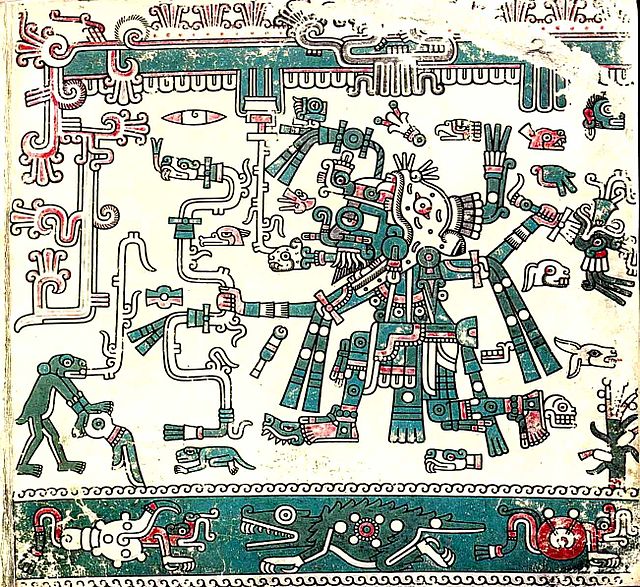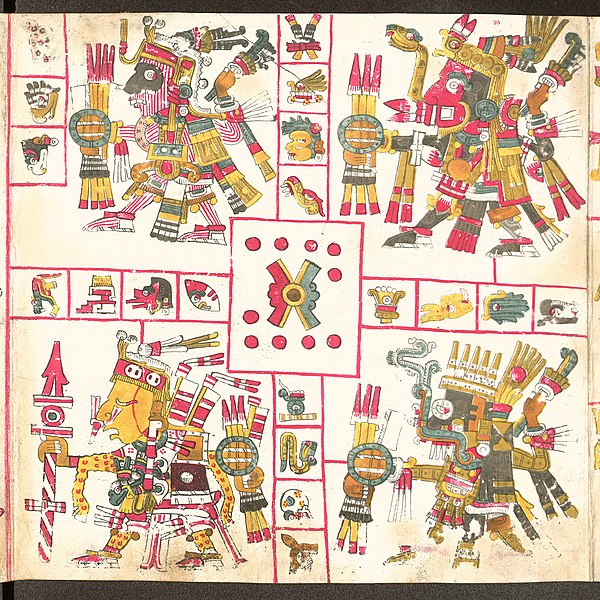In Aztec religion, Huixtocihuatl was a fertility goddess who presided over salt and salt water. The Aztecs considered her to be the older sister of the rain gods, including Tlaloc. Much of the information known about Huixtocihuatl and how the Aztecs celebrated her comes from Bernardino de Sahagún's manuscripts. His Florentine Codex explains how Huixtocihuatl became the salt god. It records that Huixtocihuatl angered her younger brothers by mocking them, so they banished her to the salt beds. It was there where she discovered salt and how it was created. As described in the second book of the Florentine Codex, during Tecuilhuitontli, the seventh month of the Aztec calendar, there was a festival in honor of Huixtocihuatl. The festival culminated with the sacrifice of Huixtocihuatl's ixiptla, the embodiment of the deity in human form.

Reconstruction of the Templo Mayor at the National Museum of Anthropology in Mexico City. The temple on the left was dedicated to Tlaloc, the water deity. Huixtocihuatl's ixiptla would be sacrificed on Tlaloc's temple on the last day of Tecuilhuitontli.
Tláloc is the god of rain in Aztec religion. He was also a deity of earthly fertility and water, worshipped as a giver of life and sustenance. This came to be due to many rituals, and sacrifices that were held in his name. He was feared, but not maliciously, for his power over hail, thunder, lightning, and even rain. He is also associated with caves, springs, and mountains, most specifically the sacred mountain where he was believed to reside. Cerro Tláloc is very important in understanding how rituals surrounding this deity played out. His followers were one of the oldest and most universal in ancient Mexico.
Tláloc in the Codex Borgia
Tláloc in the Codex Laud
A brazier depicting Tláloc from Ozuluama, Classic Veracruz culture.
Depiction of Patterns of War, Tláloc (bottom right)





